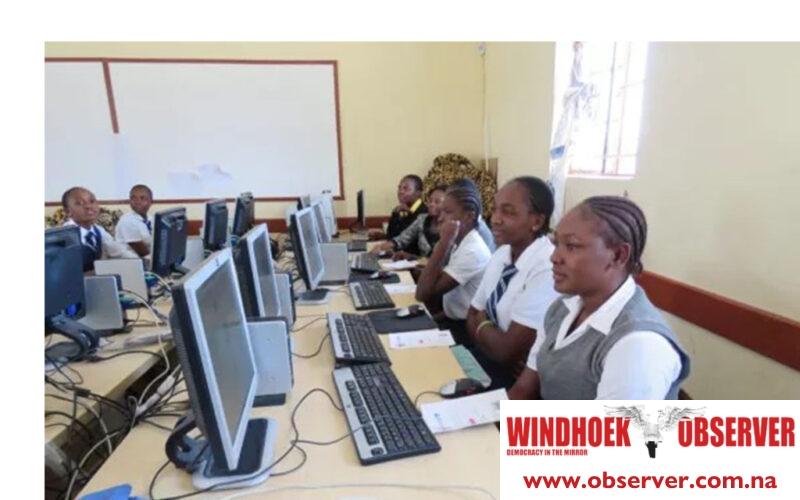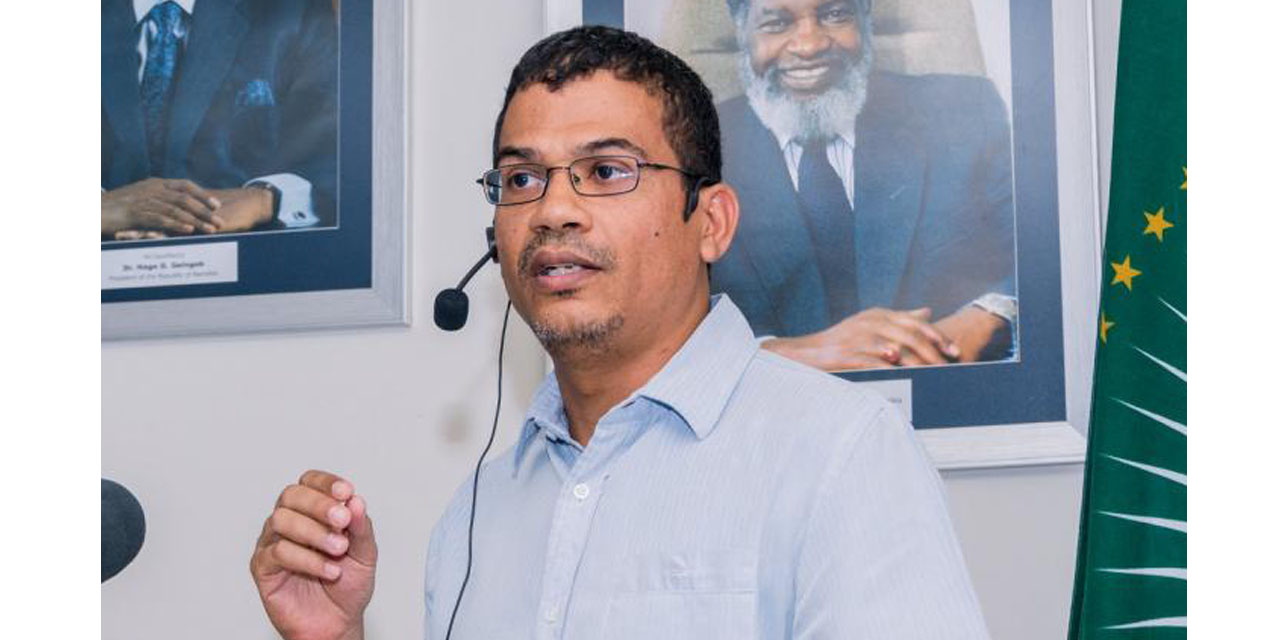Hertta-Maria Amutenja
The digital transformation of the education system is progressing, although, not without challenges.
Oshigambo Secondary School Principal Pinehas Ekongo highlighted several issues faced by schools, including poor internet connectivity and the need for teacher training.
“Our school initiated digital learning several years ago. In fact, almost 70 percent of our students have laptops at school, and that led to bad internet connectivity. We had to consult with MTC due to the high cost of internet access. Another thing is teaching and training. Some of the teachers lack the skills to use digital tools. So we also have to invest in the training of our teachers,” he said.
Ekongo also raised concerns about cyber security.
“There is also the cyber security issue. In our case, the internet is managed by MTC, so some of the sites are blocked. The learners cannot access some sites. This is good because some sites are not safe,” he said.
Despite these challenges, Namibia’s Ministry of Education has made progress in establishing digital schools.
Sanet Steenkamp, the executive director of education, announced the establishment of 15 digital schools in each region, with two in the Khomas Region.
These schools will operate using both digital and hybrid learning systems, incorporating various learning mechanisms, devices, data, and connectivity.
Steenkamp said that the ministry introduced smart screens in 2022, and this year, they have procured interactive whiteboards and smart screens for over 40 schools.
These tools are ready for distribution, and teacher training programmes are being implemented.
Additionally, three schools per region are being equipped with new computer laboratories to replace outdated equipment.
“A lot has been happening in our Namibian education context, where we did learner online training for more than 4000 learners.
We are also equipping three schools per region within the 14 regions with new computer laboratories,” said Steenkamp.
Steenkamp acknowledged the connectivity challenges, stating that some schools already have internet connectivity while others do not.
“We realised we had many schools with computer labs but faced outdated equipment problems. Some schools already have internet connectivity, while some do not. This is a challenge, but we have specifically identified them so we can work on their connectivity. We are also aiming to work offline for those schools that do not have internet connections. The aim of digital schools is to expose children to more and easily obtainable knowledge,” she said.
This is Namibia’s first integrated, digitally enabled school model, according to the Digital School report.
It focuses on preparing educators and students for the digital age by incorporating interactive digital content and technology into the curriculum.
Over the course of two years, the program will train 1 000 digital educators.




